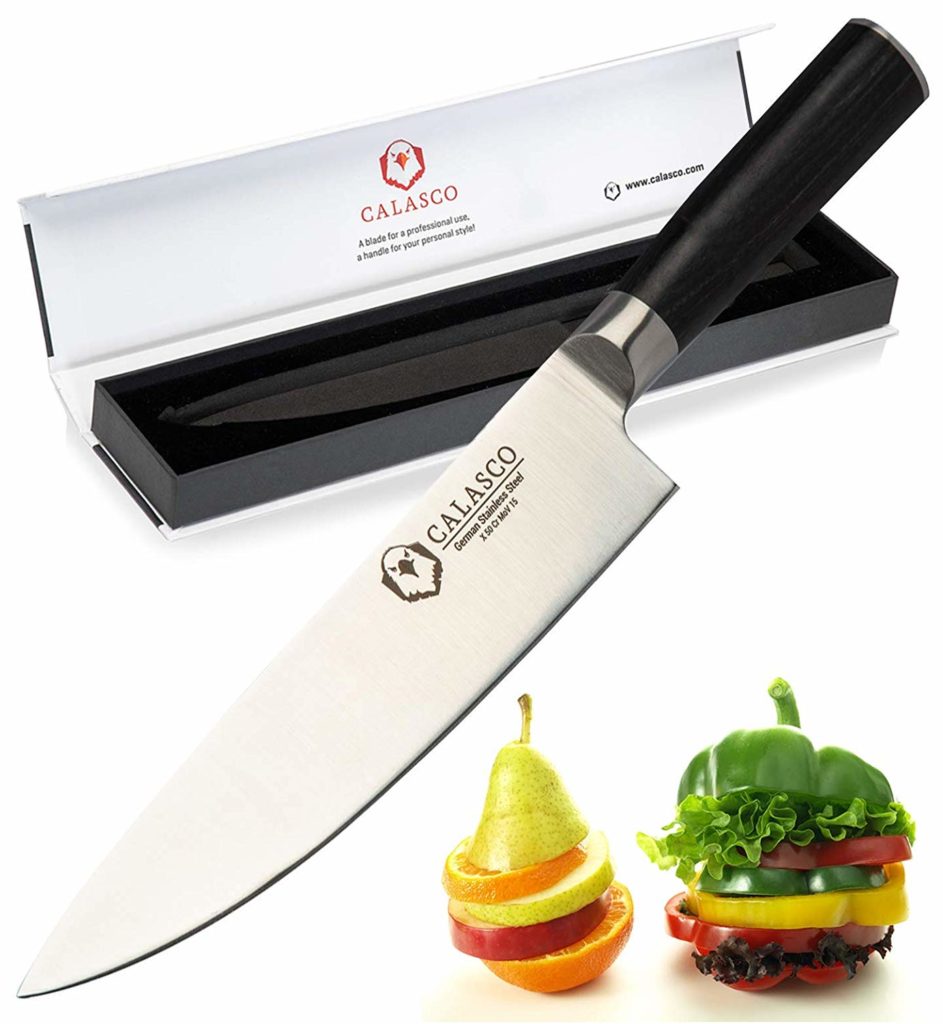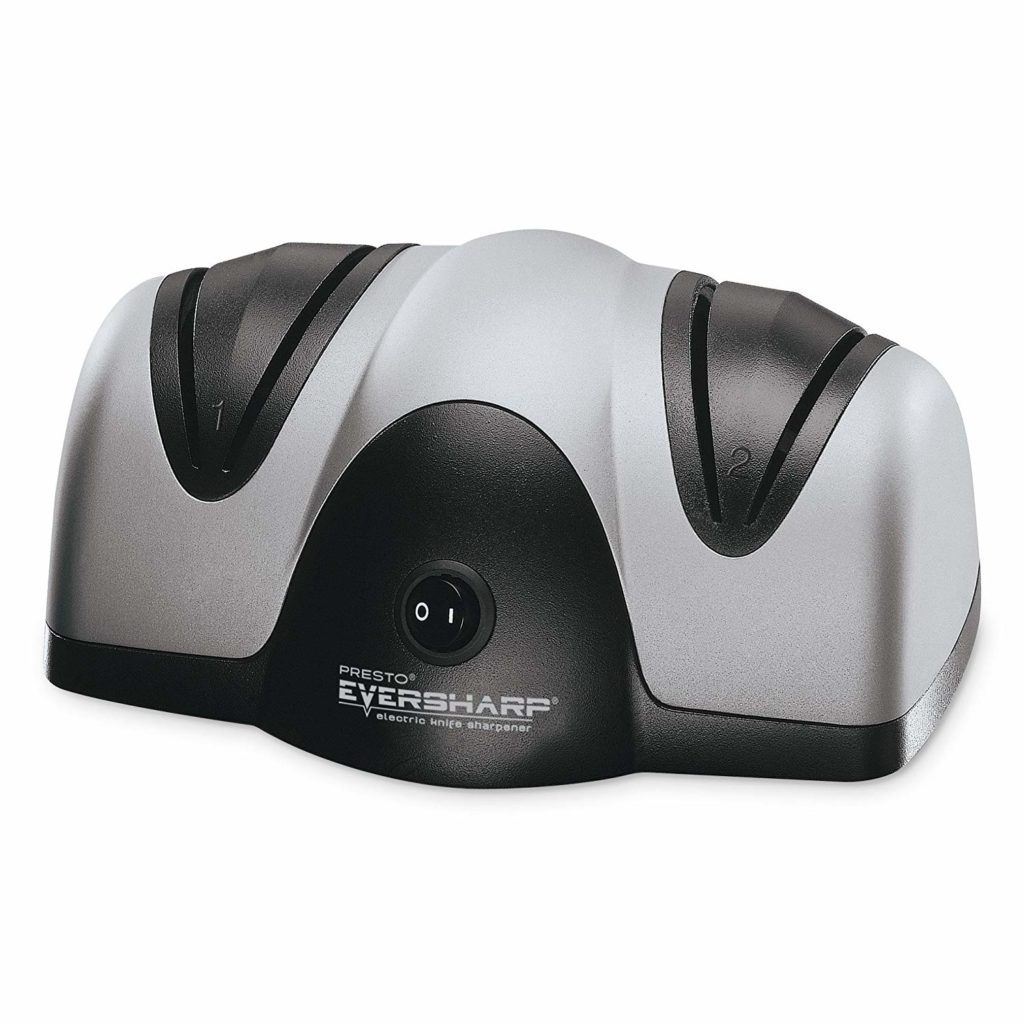With the help of kitchen mixers, along with their different attachments, you can make a variety of delicious foods. For example, doughy goods, ice-cream, fresh fruit and vegetable juice, sausages, etc.
Types of kitchen mixers
There are two types of kitchen mixer:
- Hand (portable) mixers
- Stand (stationary) mixers
Which type of mixer will work best for you depends on how often you use it and especially what you use it for.
You can use hand mixers mostly for easier jobs that you do occasionally; for example, beating egg whites or cream, preparing batter for pancakes or biscuits, mashing potatoes, etc.
Normally hand mixers are equipped with two traditional beaters, but you can find mixers with a greater number of attachments; with, for example, a wire whip and/or dough hooks, which will enable you to do more things with your mixer.
Given their low price (from less than $15 to about $100), it is good to have some hand mixers in your house. The exact price you will have to pay depends on their functionality and construction.
Characteristics of hand kitchen mixers
1. Number of speeds: using hand kitchen mixers that have a greater number of speeds (5 or more), will give you greater control over the beaten mixture. For example, at the slowest speed you can start to beat the ingredients without scattering them out of the bowl. At a fast speed you can create the air volume that is needed to beat egg whites or cream.

2. Weight and noise during operation: you will work more pleasantly with light, silent and well-balanced hand mixers. A weight of about 2 pounds (0.91 kg) is acceptable.
3. Design: it will be more comfortable for you to hold hand mixers that have a handle bent to the rear than those whose handle is parallel to their body. With such a handle, you will reduce the tension in your hand while working.
For cleaning after use, it is better to have a mixer with a simple design; i.e., without too many fittings and details where dirt can gather over time.
Some hand mixers are equipped with a base that includes a mixing bowl, as with the stand mixers, and you can separate the mixer from this base. The good thing here is that, in addition to the mobility of hand mixer, you have an extra mixing bowl.
There are also hand mixers with only one beater (also known as hand blenders). However, with these elegant devices you have more limited possibilities for use.

Advantages of hand mixers in comparison with stand mixers
- hand mixers save space on you countertop area; they are small, compact, and easily stored (you can put them in a drawer).
- their price is lower than that of stand mixers, yet they enable you to perform many tasks in the kitchen in the same way as you would with a stand mixer.
- because of their mobility (some do not even require a cable) hand mixers will be easier to use when performing simple tasks. In addition, you can use them to stir in your favorite bowl, as opposed to with a stand mixer, where you have to use the bowl that comes with the mixer.
Disadvantages
- hand mixers are not sufficiently robust to withstand intensive use or to perform heavy-duty tasks (for example, kneading bread) because of their delicate construction and low power.
Click here for the best deals on hand kitchen mixers
#CommissionsEarned


